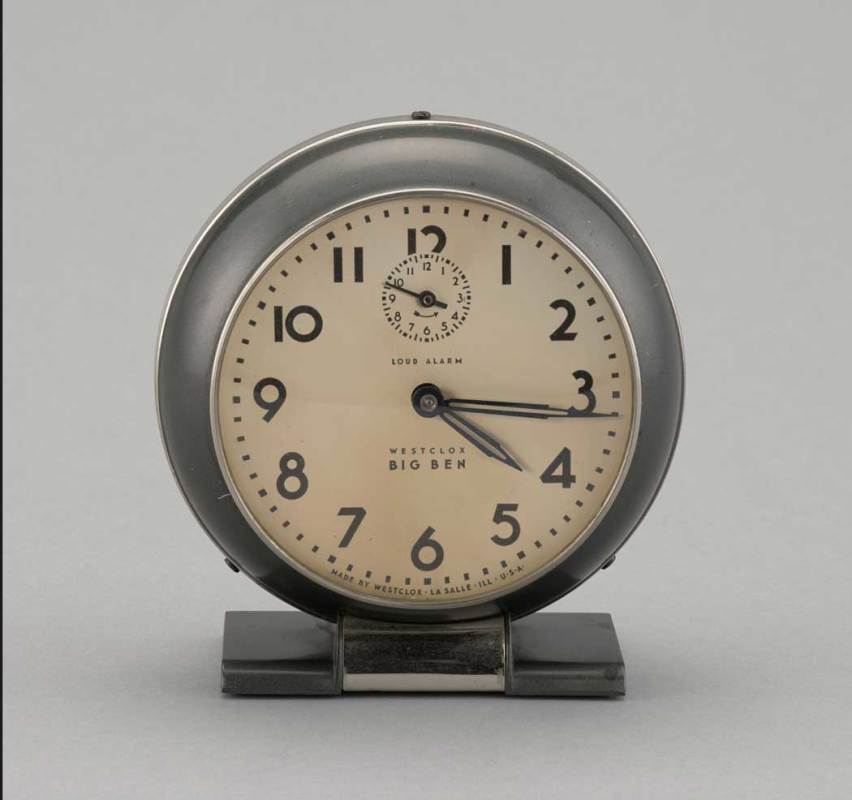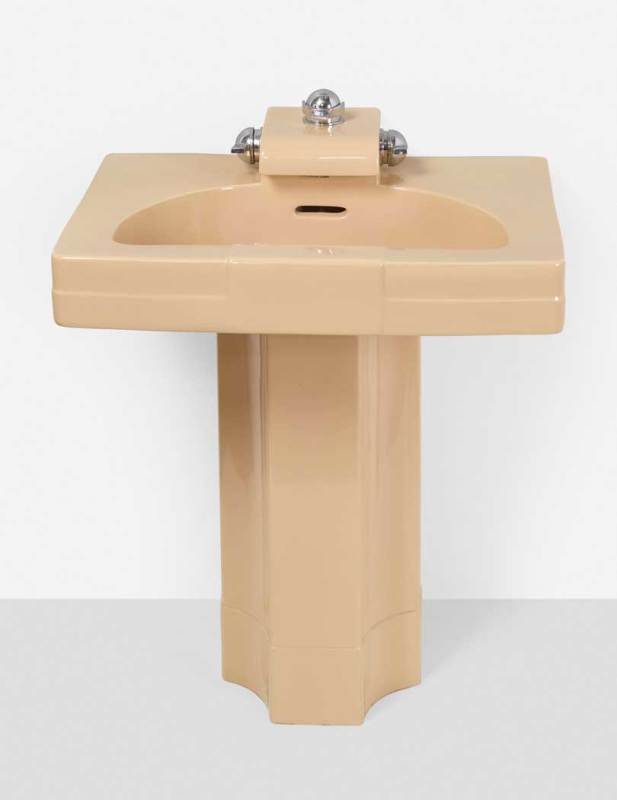
It might be an exaggeration to say that Henry Dreyfuss invented the way the 20th century looked, but not by much. Dreyfuss (1904-1972) was an American industrial design pioneer best known for designing some of the most iconic devices found in American homes and offices throughout the century, including the Western Electric Model 500 telephone, the Westclox Big Ben alarm clock and the Honeywell round thermostat.
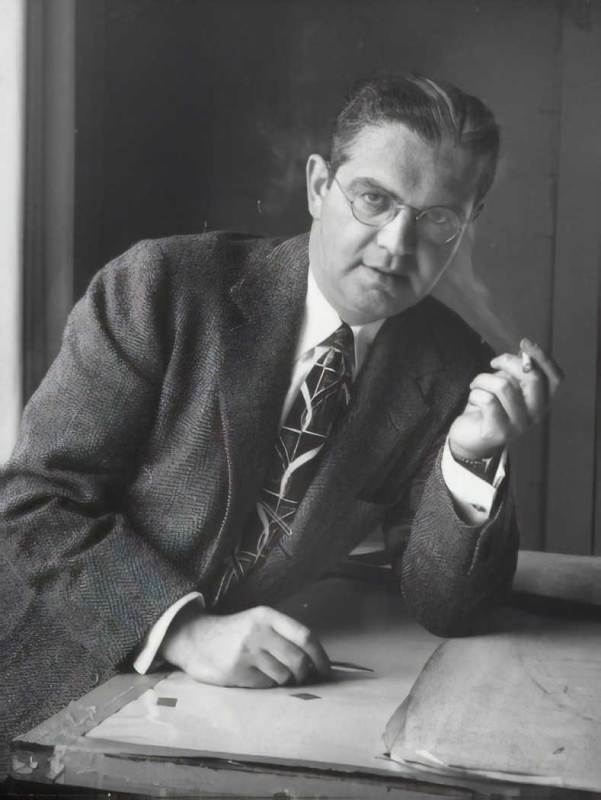
Image courtesy Wikipedia
Ever own a Polaroid camera? Dreyfuss designed most of them. How about a Hoover vacuum cleaner? Or a Singer sewing machine? Or maybe a Royal typewriter of the 1940s? All came from the design genius of Dreyfuss.
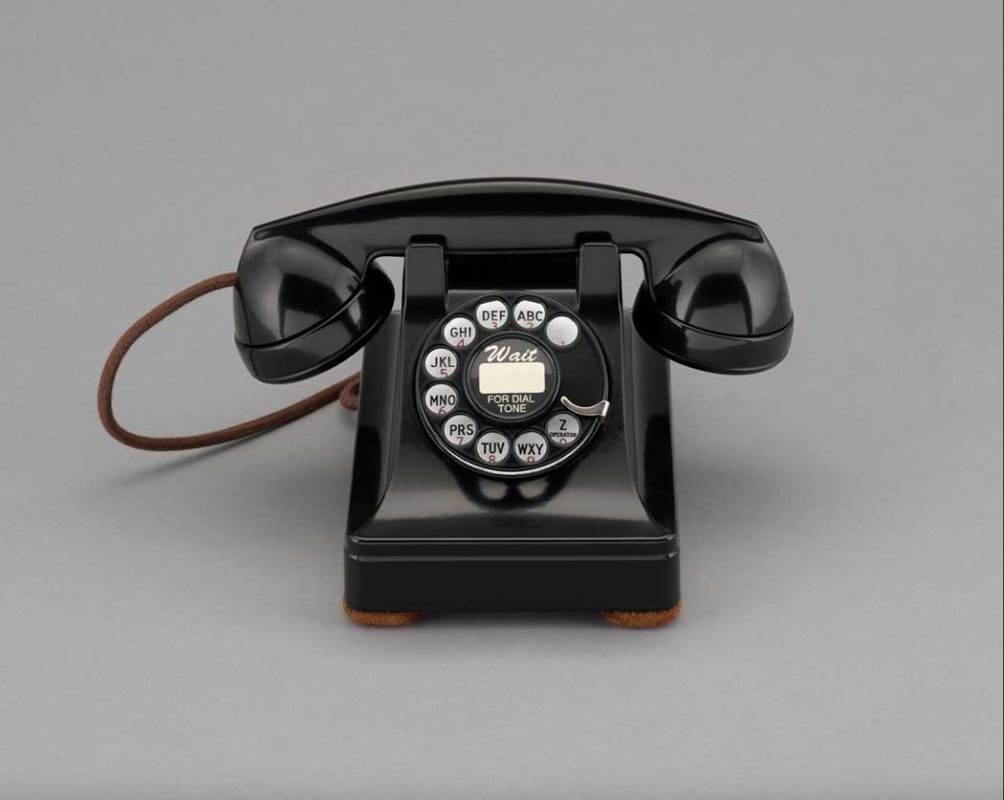
Courtesy Wikimedia
On a larger scale, Dreyfuss designed the green-and-yellow John Deere tractor that still looks so cool. He also designed the 20th Century Limited, perhaps the most elegant train in U.S. history.
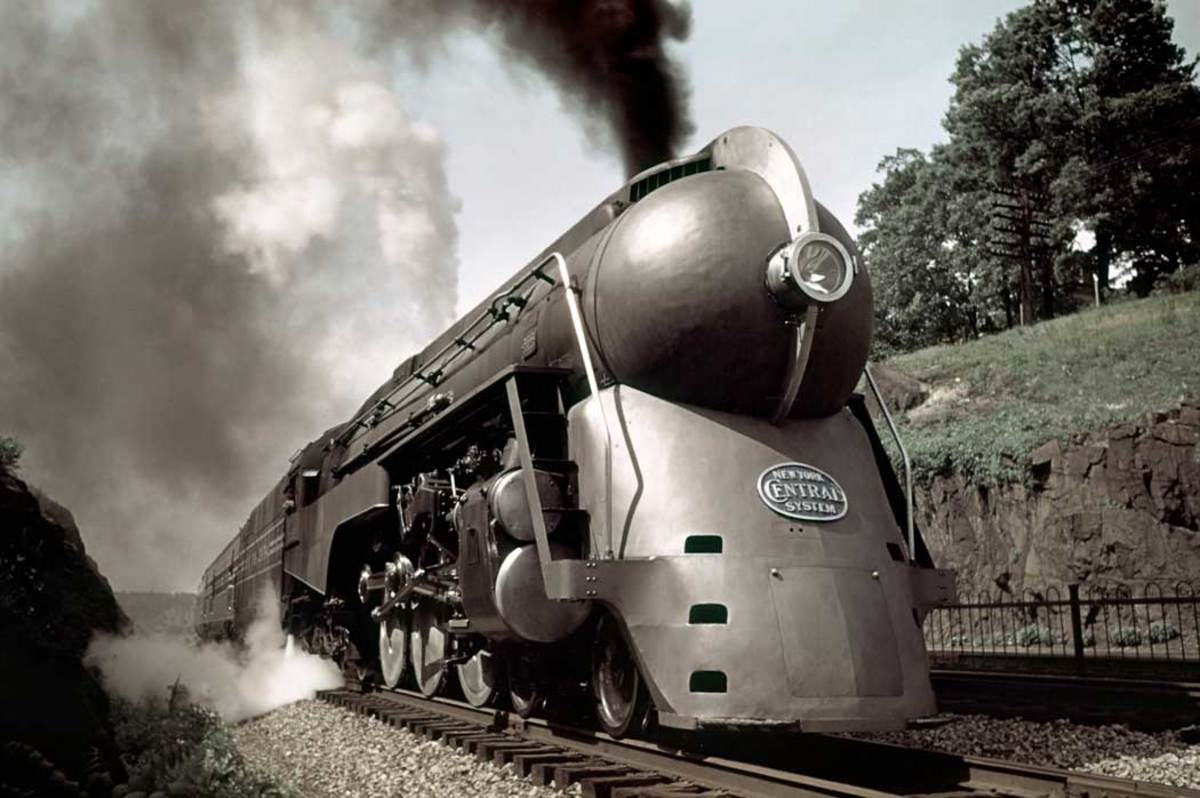
Getty Images
In June 1938, the New York Central introduced new locomotives and Pullman cars. Their breathtakingly bold streamlined design was the handiwork of Dreyfuss, an industrial designer whose work would become iconic. Streamliner trains were able to achieve greater speed on the storied New York to Chicago run due to engineering improvements that lightened the steel framework and increased the locomotive power.
And visually, there was nothing else like them, thanks to Dreyfuss.
That era of great Industrial Design began during the Great Depression and ended in the ’50s. It produced a streamlined, soaring style that expressed its utter faith in man’s works.
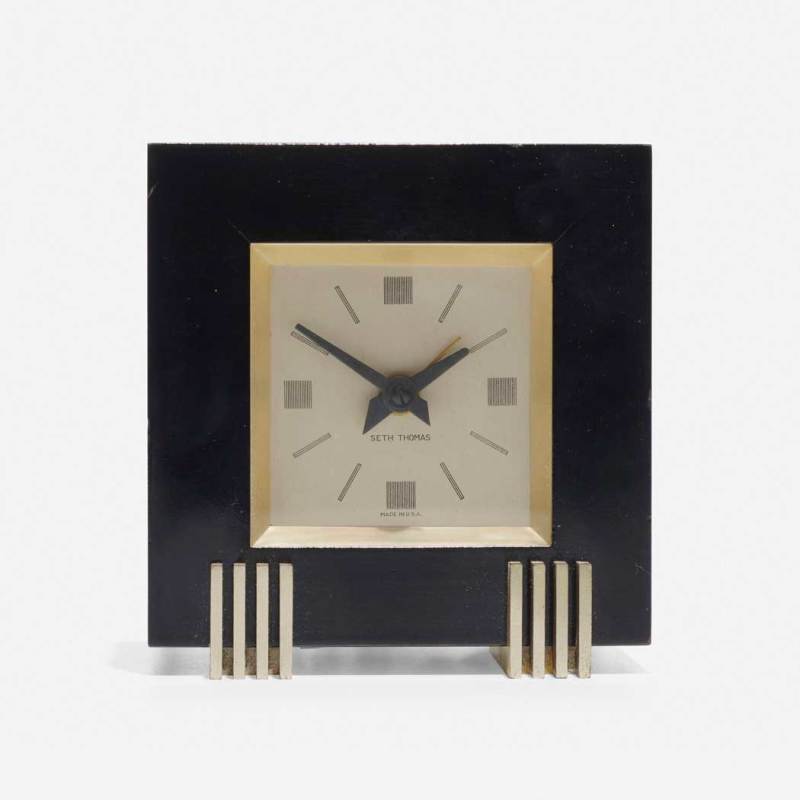
Wright Auction
Dreyfuss’ role was not to produce the huge monuments of the era, like the Empire State Building, but everyday objects. Because of that, his influence was as great, if not greater, than that of the monument builders themselves. His objects contained the same elements of faith but were touched and used every day. They still are.
Recently, a Crane Neuvogue Pedestal sink, c. 1939, designed by Dreyfuss, sold for $11,790 against an estimate of $2,000-$3,000 at Wright Auctions. The piece represents the pinnacle of Art Deco sink design. The Neuvogue fixtures designed by Dreyfuss for Crane display the streamline look of the late 1930s. The rectangular sink top was perched on a china pedestal, or a sleek tubular chrome plated stand. Neuvogue sinks featured a wide waterfall shaped integral china spout set on top of the flat sink top, with ovoid lever handles mounted on the sides of the spout. The basin was a distinctive half round shape.
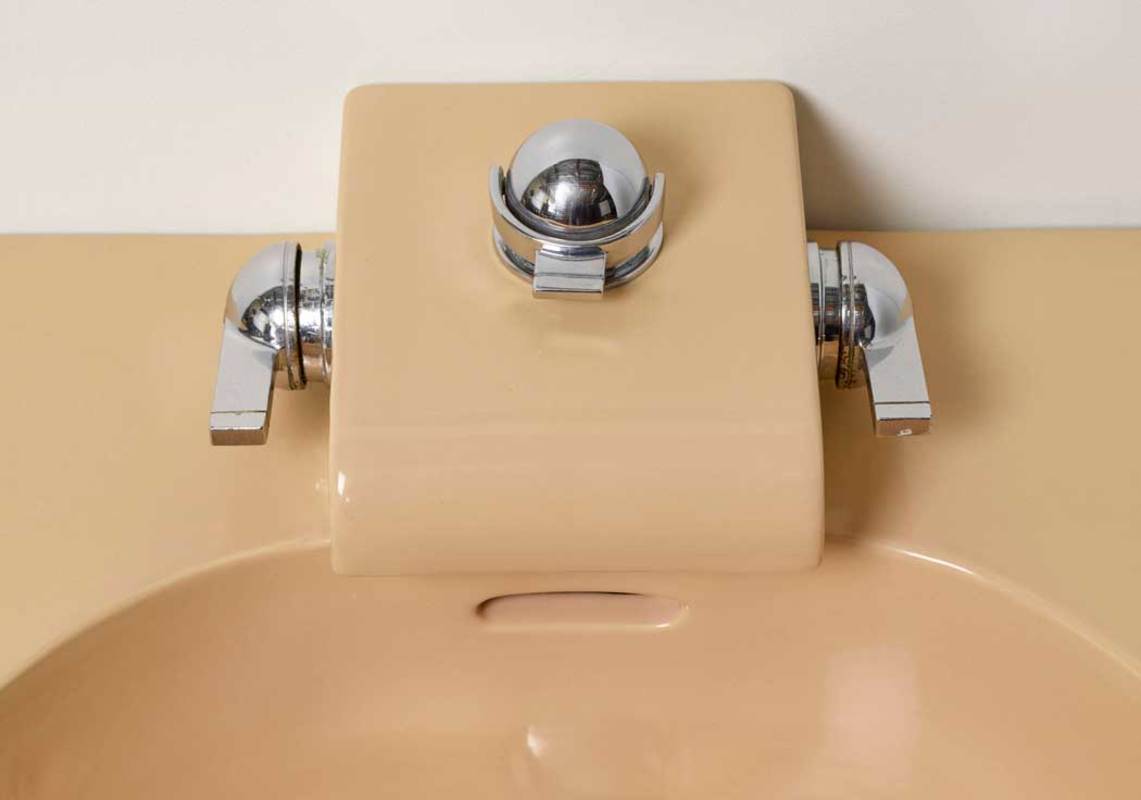
Image courtesy Wright Auction
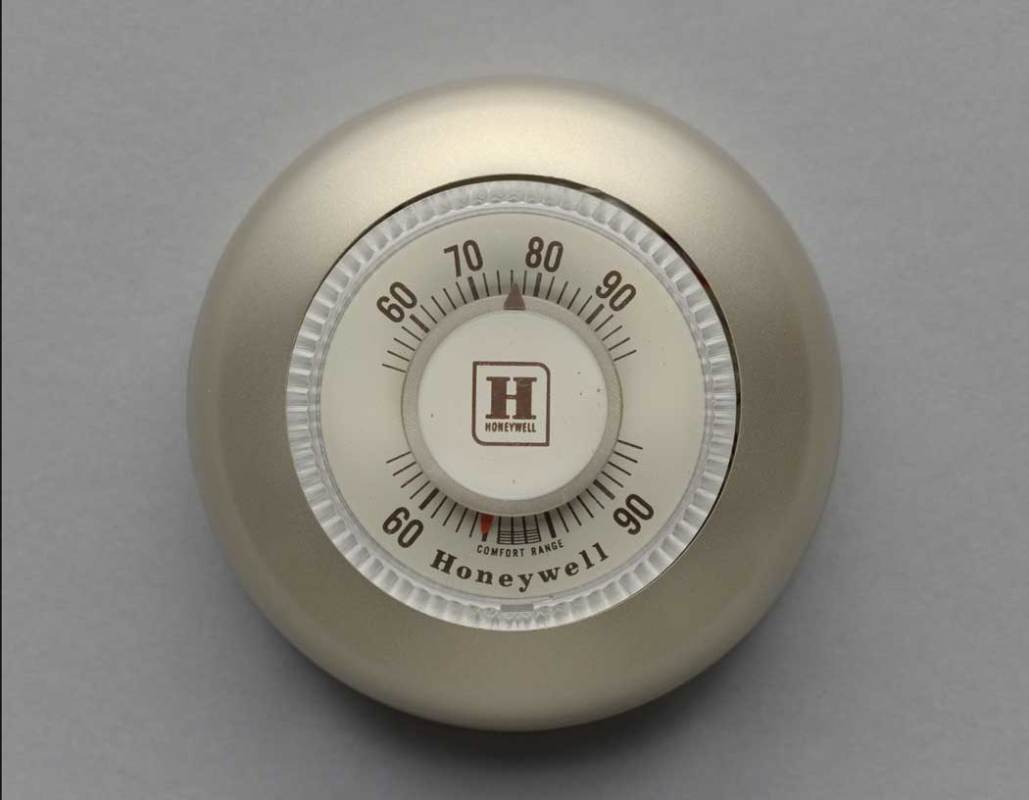
Image courtesy Wikimedia
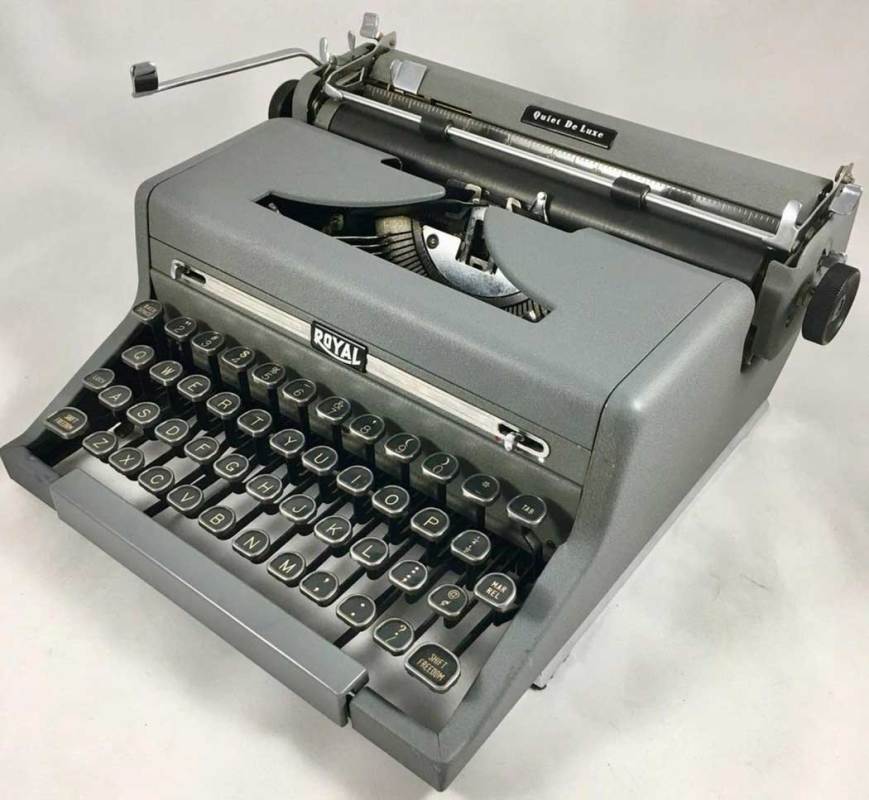
Courtesy Museum of Modern Art
You May Also Like:
Silver Streak Iron a Hot Collectible
How This Coca-Cola Dispenser Changed History


